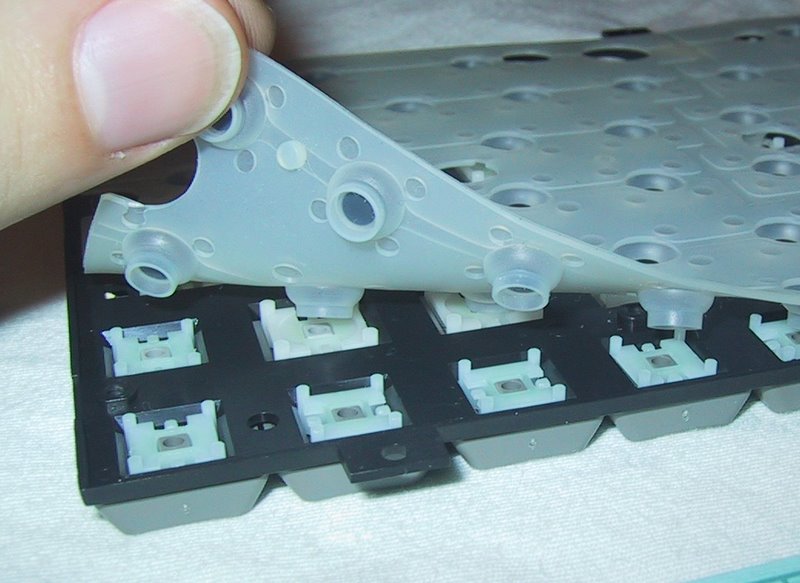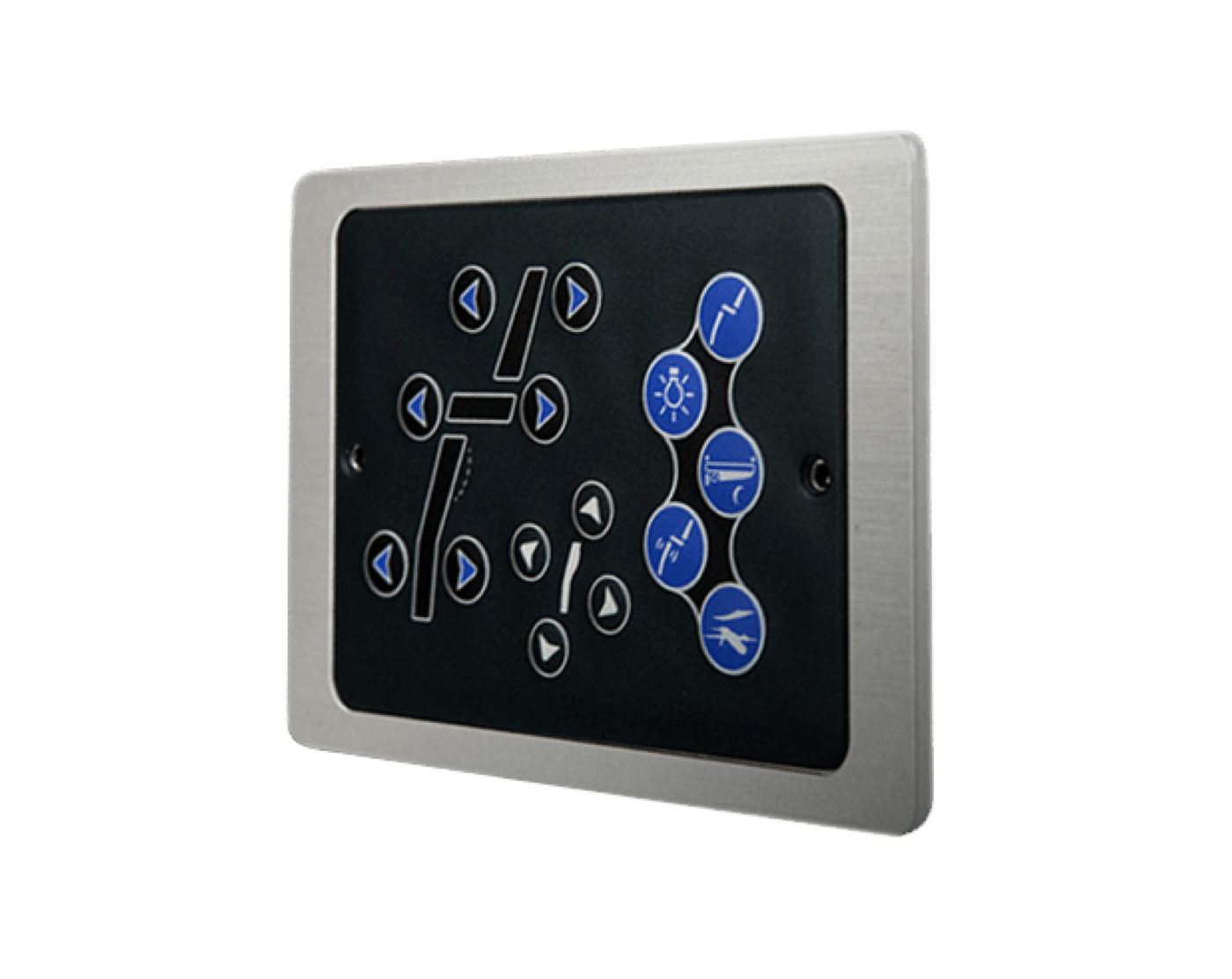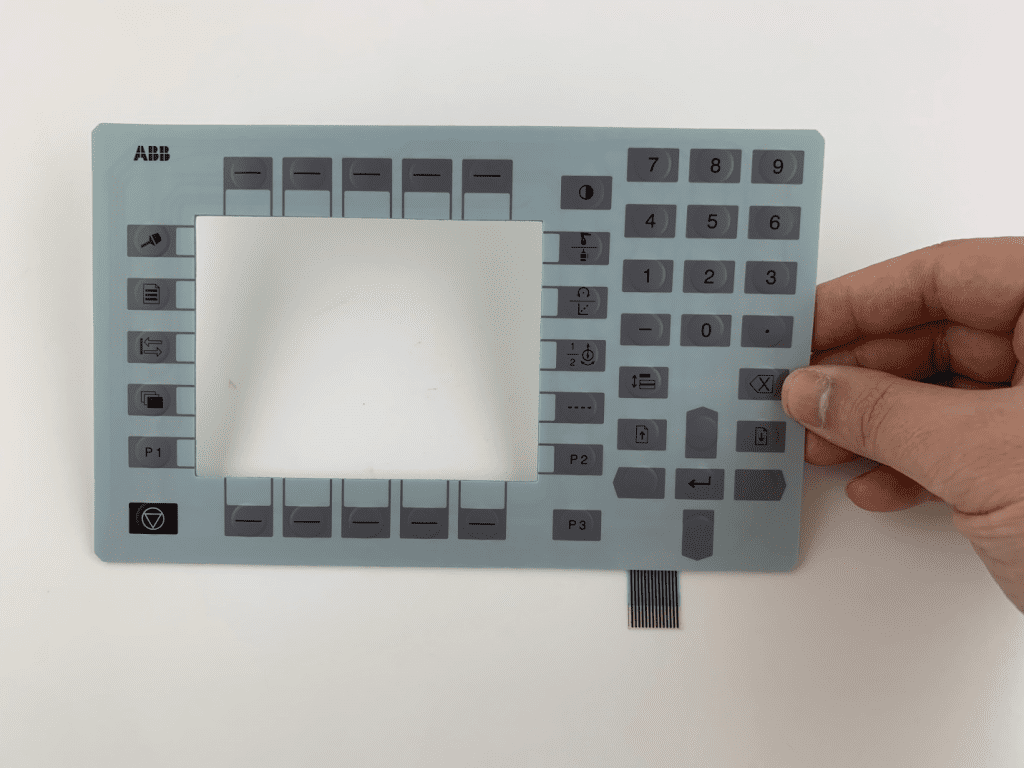Membrane Switches: A Cost-Effective Solution for Product Interfaces
Wiki Article
Understanding the Relevance of Membrane Switches in Interface
Membrane switches are integral elements in the design of reliable interface, promoting not only capability but likewise boosting aesthetic allure and user communication. Their unique functions, such as resistance to adjustable styles and environmental aspects, make them ideal for a diverse array of applications throughout multiple markets. As we check out the future patterns and various advantages connected with Membrane innovation, it ends up being clear that these buttons are a lot more than simply elements; they represent a convergence of technology and usefulness. The implications of this innovation on individual experience deserve checking out even more.What Are Membrane Switches?

The spacer layer, which consists of glue buildings, permits for the splitting up of the circuit layer from the overlay, guaranteeing that the switch continues to be in a non-activated state up until pressed. When pressure is put on the overlay, it compresses the spacer layer, bridging the void and completing the circuit in the underlying layer. This design not just lowers the physical area needed for conventional mechanical buttons but additionally enhances the longevity of the device, as Membrane switches are generally immune to dust, moisture, and other environmental aspects.
Typically located in applications ranging from customer electronics to medical tools, Membrane switches are indispensable to modern-day innovation, providing a effective and easy to use user interface that straightens with modern style needs.
Benefits of Membrane Buttons
While various switch modern technologies exist, Membrane Switches offer distinct advantages that make them especially preferable in different applications. Among the key advantages of Membrane switches is their portable style, which permits space-saving implementations in gadgets where realty is restricted. Their slim profile not only enhances aesthetic allure yet also promotes lightweight building.Another significant advantage is their resistance to ecological aspects. Membrane buttons are commonly sealed versus wetness, dust, and contaminants, making them optimal for usage sought after environments, such as clinical gadgets and commercial equipment. This toughness extends the life-span of the button, lowering maintenance prices and improving reliability.
In addition, Membrane switches can be personalized to fulfill specific style requirements, integrating one-of-a-kind graphics and colors that boost individual communication. Their responsive comments choices can likewise be tailored to supply a rewarding user experience. In addition, Membrane buttons are cost-effective, especially in high-volume applications, as they can be generated successfully.
Applications in Various Industries

In the consumer electronic devices industry, Membrane buttons are common in gadgets such as microwaves, washing makers, and remote controls. Their responsive responses and visual alternatives improve user experience while offering a sleek, contemporary look. Additionally, automotive manufacturers utilize Membrane switches in control panel controls and infomercial systems, where space is restricted, and user involvement is vital.
Moreover, the industrial industry leverages Membrane switches in control panels for equipment and devices, enabling instinctive operation in typically extreme settings. Their resistance to chemicals and wetness makes certain long life and dependability in these applications. Generally, the flexibility of Membrane Switches adds significantly to their widespread usage, making them indispensable in various technical domains.
Layout Considerations for Membrane Buttons

When designing Membrane buttons, several crucial factors to consider must be taken into consideration to make sure optimal functionality and customer experience. The choice of materials is crucial; choosing long lasting, high-grade substratums can boost the switch's durability and resistance to ecological factors such as moisture and temperature variations.
Second of this website all, the style of the visuals directory overlay need to focus on clarity and convenience of usage. Icons and text have to be legible, and the format needs to facilitate instinctive communication (membrane switches). Furthermore, tactile comments is essential; integrating a tactile dome or other systems can boost the individual experience by giving physical confirmation of activation
An additional important variable is the switch's electrical efficiency. Developers must ensure that the conductive traces are appropriately designed to reduce resistance and stay clear of signal disturbance. This involves evaluating the called for actuation force and making certain compatibility with the digital components they will certainly user interface with.

Future Fads in Membrane Technology
As technology proceeds to development, Membrane buttons are positioned to evolve considerably, driven by developments in products and making strategies. One arising pattern is the unification of advanced products, such as conductive inks and flexible substrates, which boost durability and reduce the total weight of Membrane buttons. These products not only improve the responsive action yet additionally permit the layout of buttons that can withstand harsher environmental conditions.Furthermore, the assimilation of touch-sensitive technologies is transforming traditional Membrane Switches into even more interactive interface. Capacitive touch sensing units embedded within Membrane button panels can supply an extra intuitive and receptive customer experience, straightening with the expanding demand for smooth, contemporary layouts in consumer electronics.
In addition, developments in printing techniques, such as digital and 3D printing, enable fast prototyping and customization of Membrane buttons. This additional hints flexibility permits makers to respond faster to market demands and consumer preferences.
Finally, sustainability is coming to be a considerable emphasis, with producers exploring green products and procedures. As these patterns unfold, the future of Membrane modern technology promises enhanced functionality, aesthetic appeal, and environmental duty, solidifying their function in advanced individual interfaces throughout various sectors.
Conclusion
In conclusion, Membrane Switches stand for a crucial element in the design of interface, combining capability with aesthetic adaptability. Their benefits, including longevity and resistance to environmental aspects, make them suitable for varied applications across different markets. Thoughtful design considerations enhance individual communication and experience. As developments in modern technology proceed, the advancement of Membrane switches is expected to more refine individual interfaces, driving technology and boosting use in a progressively complicated technological landscape.Membrane buttons are important elements in the style of effective customer interfaces, facilitating not only functionality yet also improving visual charm and user communication.Membrane Switches serve as an important part in different user interfaces, facilitating a smooth interaction between customers and digital gadgets.While various button innovations exist, Membrane Switches offer unique advantages that make them specifically preferable in numerous applications.Moreover, Membrane switches can be customized to meet certain layout demands, integrating unique graphics and colors that enhance customer interaction.In conclusion, Membrane Switches stand for a vital element in the layout of user interfaces, incorporating capability with visual flexibility.
Report this wiki page